Ditapis dengan
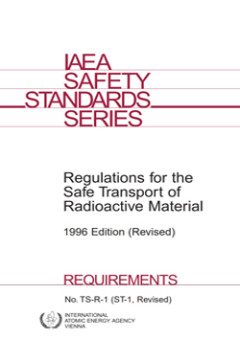
Regulations for the Safe Transport of Radioactive Material, 1996 Edition (Rev…
This publication, Safety Standards Series No. TS-R-1, is an updated version of Safety Standards Series No. ST-1, which was a revised version of Safety Series No. 6 superseding all previous edition. It also includes the revision of Safety Series No. 80, Schedules of Requirements for the Transport of Specified Types of Radioactive Material Consignments (As Amended in 1990). These Regulations, fir…
- Edisi
- -
- ISBN/ISSN
- 9201005008 / 1020525X
- Deskripsi Fisik
- 220 p. : Illus. ; 24 cm
- Judul Seri
- Safety Standards Series No. TS-R-1 (ST-1, Revised)
- No. Panggil
- -
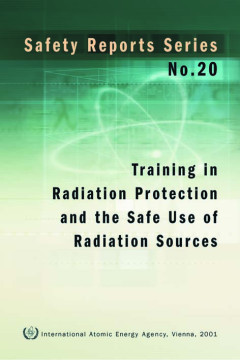
Training in Radiation Protection and the Safe Use of Radiation Sources
This report provides assistance in how to organize adequate and appropriate training for personnel working with ionizing radiation. It is primarily intended to be used by trainers and training providers, and covers among other topics the various methods of training provision and gives advice on the development and organizational aspects associated with the management of training activities. It …
- Edisi
- -
- ISBN/ISSN
- 9201006012/10206450
- Deskripsi Fisik
- 69 p. : Illus. ; 24 cm
- Judul Seri
- Safety Reports Series No. 20
- No. Panggil
- -
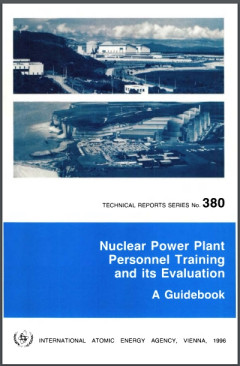
Nuclear Power Plant Personnel Training and its Evaluation, A Guidebook
This guidebook is a revision and update of the IAEA Guidebook on Training to Establish and Maintain the Qualification and Competence of Nuclear Power Plant Operations Personnel, IAEA-TECDOC-525, published in 1989. It incorporates the experience gained since the introduction of the Systematic Approach to Training (SAT) for nuclear power plant personnel and emphasizes a broader concept of compete…
- Edisi
- -
- ISBN/ISSN
- 9201014961
- Deskripsi Fisik
- 138 p. : illus. ; 21 cm
- Judul Seri
- Technical Reports Series No. 380
- No. Panggil
- -
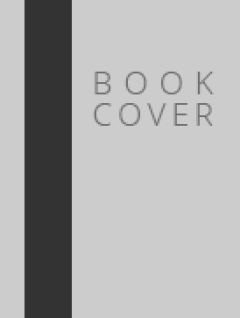
Organization and Implementation of a National Regulatory Infrastructure Gover…
This book consist : Introduction; Legal framework for a radiation protection and safety infrastructure; Basic elements of a regulatory programme; Role of the regulatory authority in emergency; Role of the regulatory authority in relation to intervention in chronic exposure situations; and Assessment of the effectiveness of the regulatory programme. (Jml)
- Edisi
- -
- ISBN/ISSN
- 10114289
- Deskripsi Fisik
- 150 p. : Illus. ; 29 cm
- Judul Seri
- IAEA-TECDOC-1067
- No. Panggil
- 539.722 IAE o
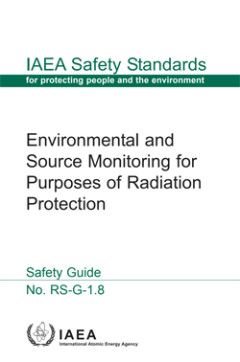
Environmental and Source Monitoring for Purposes of Radiation Protection, Saf…
The purpose of this Safety Guide is to provide international guidance, coherent with contemporary radiation protection principles and IAEA safety requirements, on the strategy of monitoring in relation to: (a) control of radionuclide discharges under practice conditions, and (b) intervention, such as in cases of nuclear or radiological emergencies or past contamination of areas with long lived …
- Edisi
- -
- ISBN/ISSN
- 9201134045 / 1020525X
- Deskripsi Fisik
- 119 p. : Illus. ; 24 cm
- Judul Seri
- Safety Standards No. RS-G-1.8
- No. Panggil
- -

Protection in Nuclear Medicine and Ultrasound Diagnostic Procedures in Children
This book consist : Introduction and scope; Pedriatic nuclear medicine; and Pediatric diagnostic ultrasound; (Jml)
- Edisi
- -
- ISBN/ISSN
- 0913392634
- Deskripsi Fisik
- 81 p. : Illus. ; 23 cm
- Judul Seri
- NCRP Report No. 73
- No. Panggil
- 618.92 NCR p
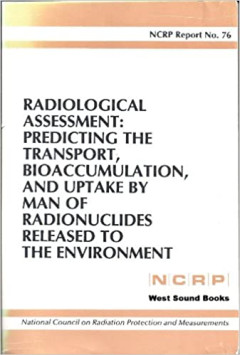
Radiological Assessment: Predicting the Transport, Bioaccumulation, and Uptak…
The purpose of this Report is to review the current status of the application of radionuclide transport models from the point of discharge to the environment to the point of intake by man. This process, called radiological assessment, begins by defining the quantity of radionuclides that are released and enter the environment. Uncertainties in the measurements or estimates of the source term ar…
- Edisi
- -
- ISBN/ISSN
- 0913392669
- Deskripsi Fisik
- 300 p. : Illus. ; 23 cm
- Judul Seri
- NCRP Report No. 76
- No. Panggil
- 628.5 NCR r
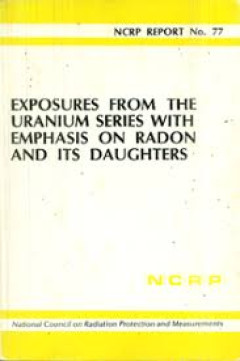
Exposures from the Uranium Series with Emphasis on Radon and its Daughters
Report No. 77 considers and evaluates potential exposures from the radionuclides of the uranium series with emphasis on radon and its daughters. The Report examines, on the basis of available information, the sources of radon, the levels of exposure and their probable distribution, and estimates the risks attributable to these exposures. The Report concludes that while information on levels and…
- Edisi
- -
- ISBN/ISSN
- 0913392677
- Deskripsi Fisik
- 131 p. : Illus. ; 23 cm
- Judul Seri
- NCRP Report No. 77
- No. Panggil
- 363.1 NCR e

Security of Radioactive Sources: Proceedings of an International Conference H…
Accidents involving radioactive sources and reports of illicit trafficking in radioactive materials have raised awareness of the safety and security risks created by sources that are outside effective control, and the attacks of 11 September 2001 have triggered international concern about the potential malevolent use of radioactive sources by terrorist groups. The International Conference on Se…
- Edisi
- -
- ISBN/ISSN
- 9201074034 / 00741884
- Deskripsi Fisik
- 617 p. : Illus. ; 24 cm
- Judul Seri
- Proceedings Series
- No. Panggil
- 363.17996 IAE S
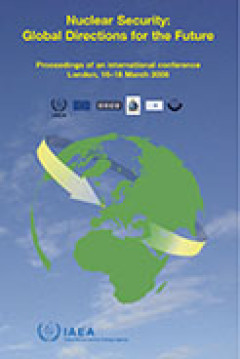
Proceedings Series - Nuclear Security: Global Directions for the Future
The principal aim of the International Conference on Nuclear Security: Global Directions for the Future was to share information on how to most successfully combat sub-State and criminal threats now and in the future, and to foster a better understanding and awareness of the global changes since 11 September 2001. The conference considered the threat of malicious acts involving nuclear and othe…
- Edisi
- -
- ISBN/ISSN
- 92-0-105905-1 / 0074-1884
- Deskripsi Fisik
- 326 p.
- Judul Seri
- -
- No. Panggil
- R539.2 NUC
 Karya Umum
Karya Umum  Filsafat
Filsafat  Agama
Agama  Ilmu-ilmu Sosial
Ilmu-ilmu Sosial  Bahasa
Bahasa  Ilmu-ilmu Murni
Ilmu-ilmu Murni  Ilmu-ilmu Terapan
Ilmu-ilmu Terapan  Kesenian, Hiburan, dan Olahraga
Kesenian, Hiburan, dan Olahraga  Kesusastraan
Kesusastraan  Geografi dan Sejarah
Geografi dan Sejarah